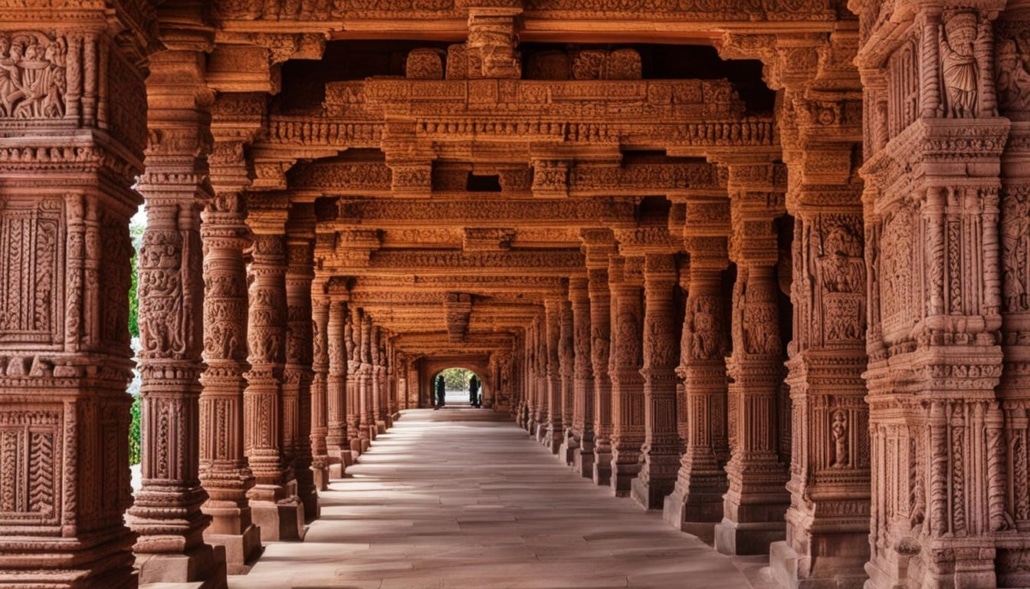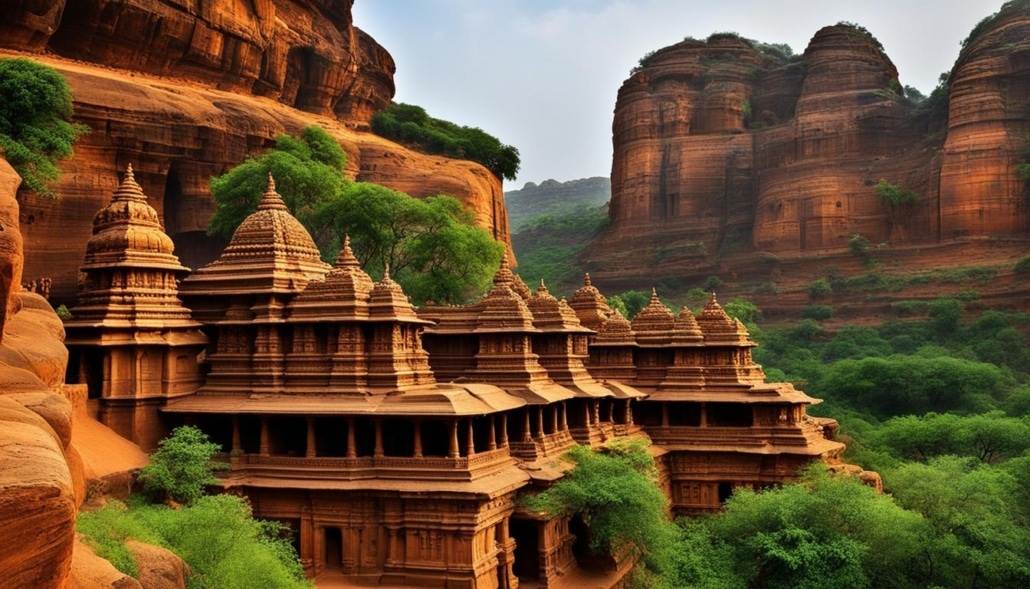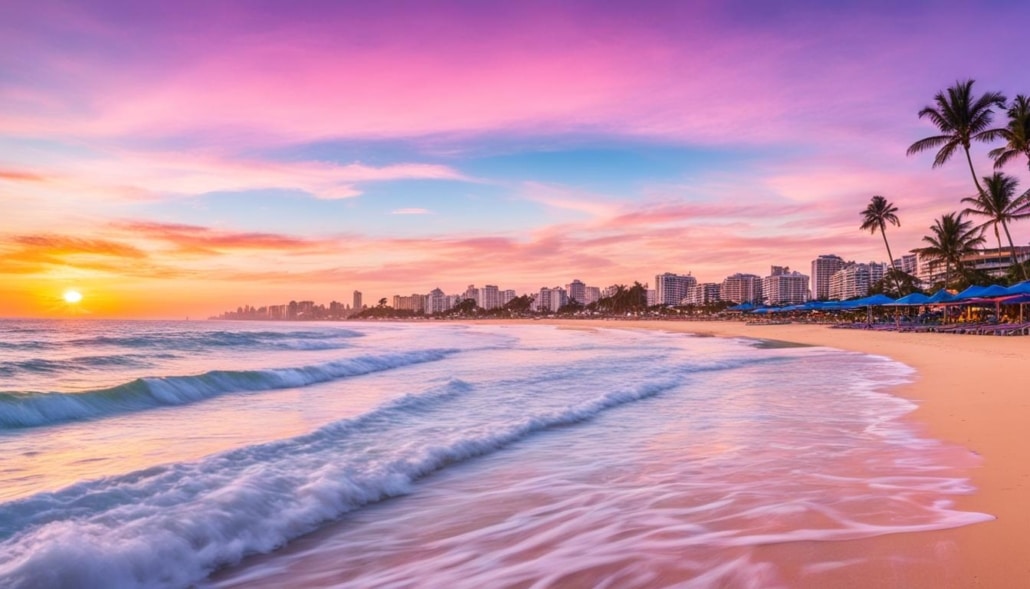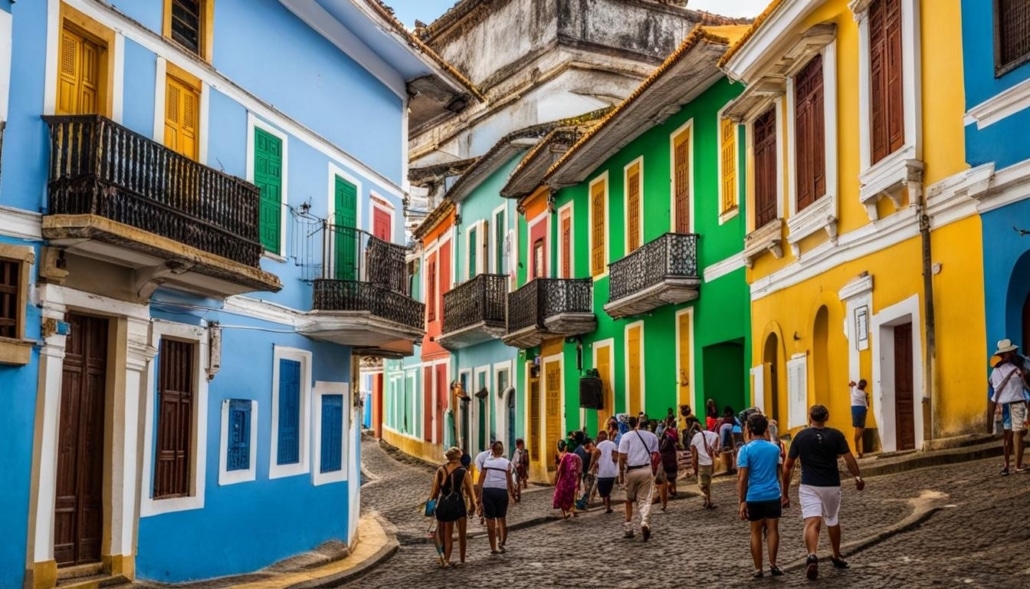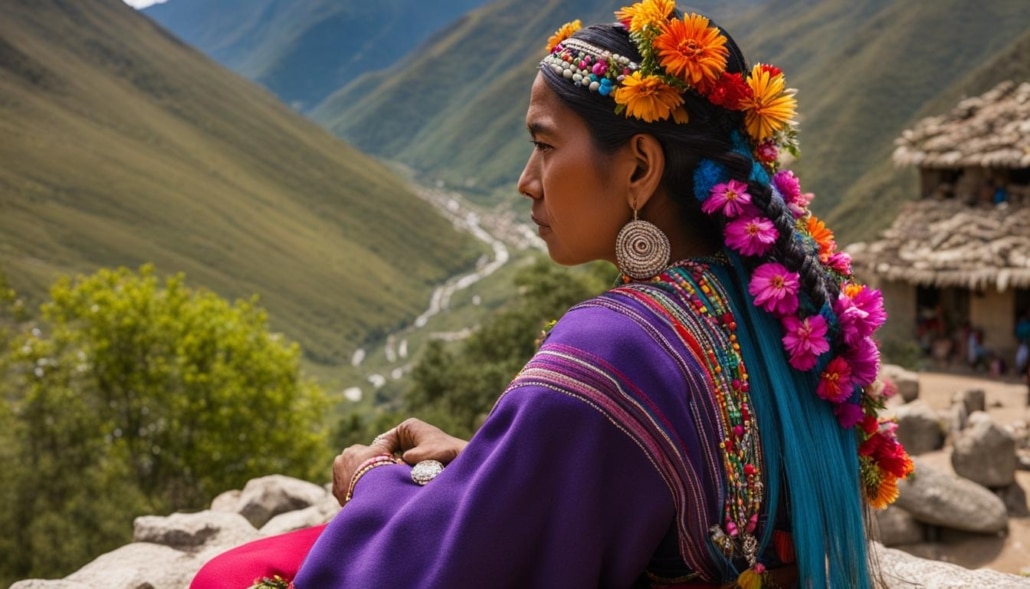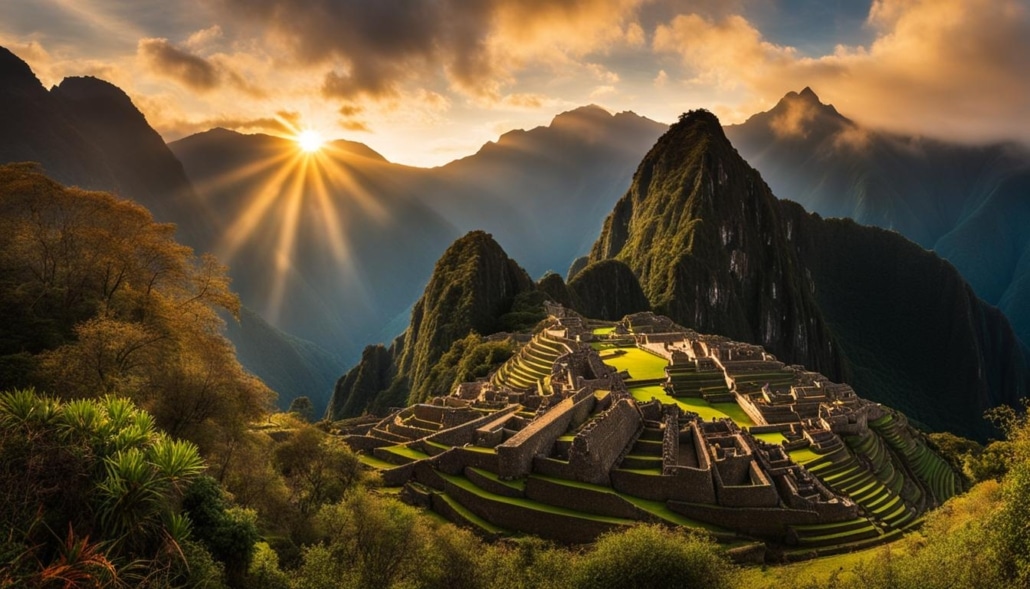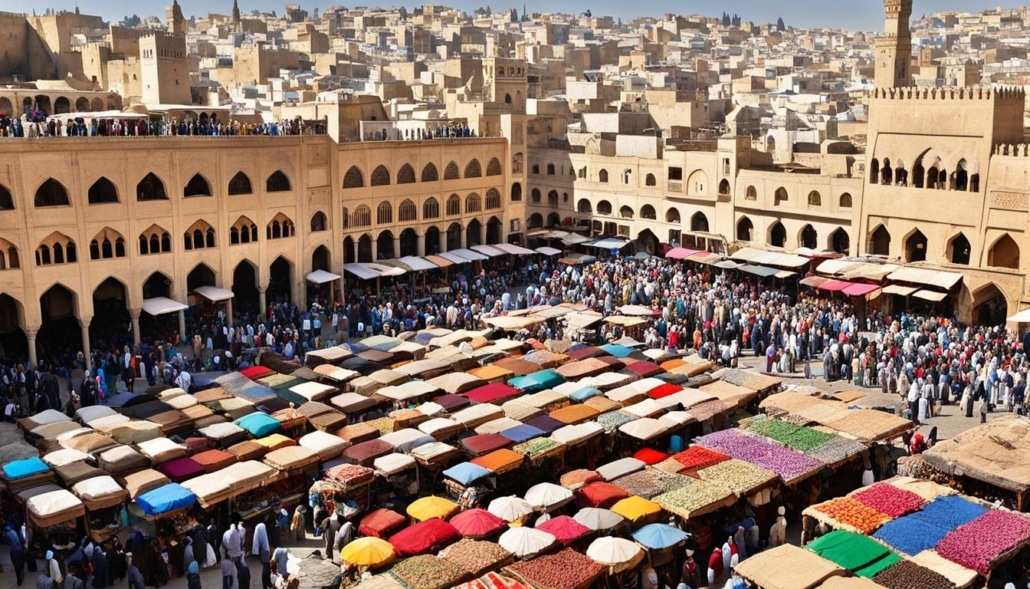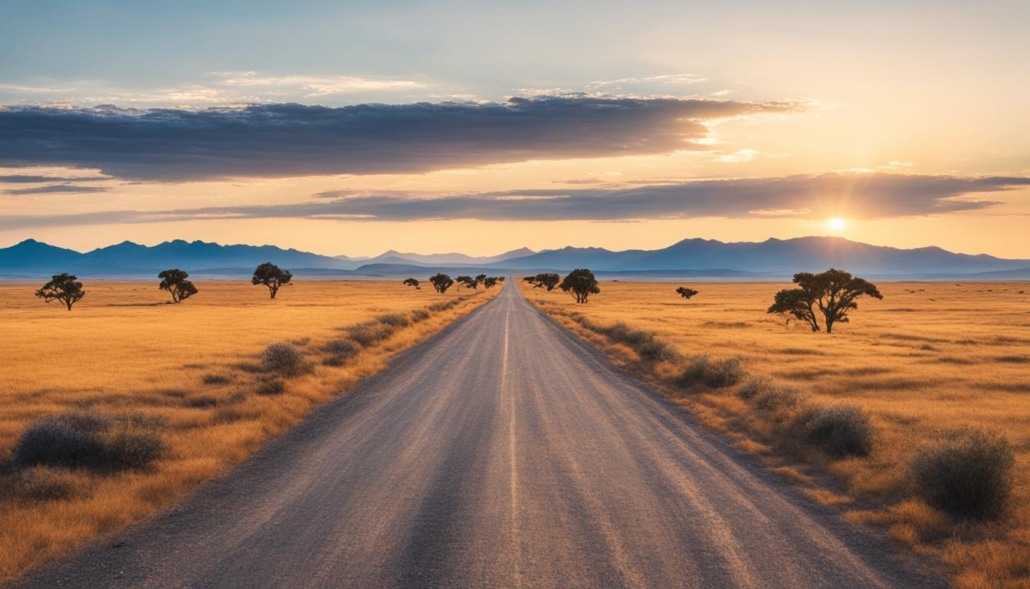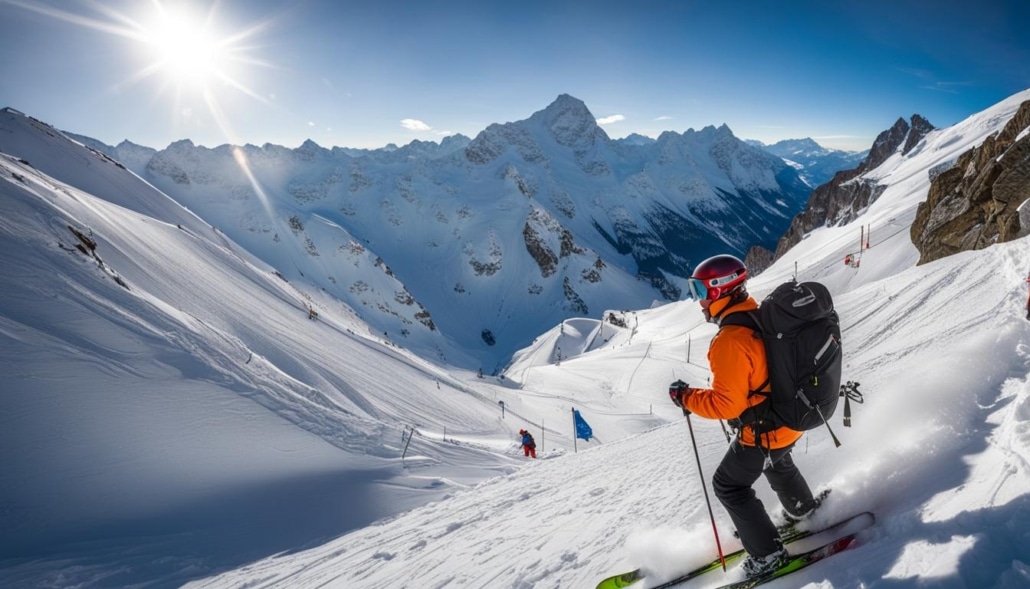India is a land of diverse cultures and rich history, and the ancient temples that dot its landscape are a testament to its glorious past. These majestic structures have stood the test of time, preserving the heritage and spirituality of the country. Exploring these Indian temples is not just a journey into the past, but also a cultural experience like no other.
Step into a world of architectural wonders and mysticism as you embark on a cultural travel adventure through the history of Indian temples. From the magnificent Jageshwar Temple in Uttarakhand to the oldest functional temple in the world – Mundeshwari Devi Temple in Bihar, each temple tells a captivating story of devotion and artistic brilliance.
The Mahabalipuram Temples in Tamil Nadu, recognized as a UNESCO World Heritage Site, are a mesmerizing sight with their intricate carvings and rock reliefs. These temples transport you to a time when art and spirituality intertwined in perfect harmony.
Not to be missed are the Badami Cave Temples in Karnataka, a glorious fusion of Hindu, Jain, and Buddhist cave temples. These rock-cut caves stand as a symbol of religious and cultural synthesis, showcasing the rich diversity of ancient India.
The history of Indian temples reflects the soul of a nation deeply rooted in spiritualism and artistic expression. By exploring these architectural marvels, you not only get a glimpse of the past but also gain a deeper understanding of India’s cultural heritage.
So pack your bags and embark on a journey of discovery as you traverse the ancient temples of India. Immerse yourself in the history, marvel at the grandeur, and let the spirituality of these sacred sites leave an indelible impression on your soul.
Jageshwar Temple – Uttarakhand
The Jageshwar Temple is a hidden gem located in Uttarakhand, nestled amidst lush Deodar trees. This ancient Hindu temple is dedicated to Lord Shiva and is known for its unique black temple stone, blue rivulet, and picturesque surroundings. The temple complex is a sight to behold and offers a serene and spiritual experience for visitors.
Mundeshwari Devi Temple – Bihar
The Mundeshwari Devi Temple in Bihar holds immense historical significance as it is recognized as the oldest functional temple in the world. This ancient temple is dedicated to Lord Shiva and his consort Shakti, showcasing the enduring faith and spiritual traditions of the region.
Believed to have been constructed during the Saka era, the Mundeshwari Devi Temple stands as a testament to the exquisite Nagara architectural style. Its distinct octagonal shape and intricate details captivate visitors, making it a unique and cherished ancient temple in India.
At this sacred site, devoted worshipers and curious travelers can witness the continuing religious rituals and experience the tranquil ambiance. The Mundeshwari Devi Temple serves as a reminder of the deeply rooted spiritual heritage of Bihar and its profound historical legacy.
The Nagara architectural style
The Nagara architectural style, prominently displayed in the Mundeshwari Devi Temple, is characterized by its fascinating features and symbolism. This style originated in ancient North India and developed during the early medieval period.
Key elements of Nagara architecture include the distinct shikhara (tower), amalaka (circular stone disk), and kalasa (sacred pot-like structure) adorning the temple’s spire. These elements, coupled with the temple’s octagonal shape, create a visually striking and intricately detailed structure.
“The Mundeshwari Devi Temple stands as a testament to the enduring spiritual traditions and architectural brilliance of ancient India.”
Nagara architectural style in Mundeshwari Devi Temple
| Feature | Description |
|---|---|
| Shikhara | The towering structure at the center of the temple, symbolizing Mount Meru, the abode of the gods. |
| Amalaka | A circular stone disk placed at the top of the shikhara, representing the sun and eternity. |
| Kalasa | A sacred pot-like structure placed atop the amalaka, symbolizing abundance and auspiciousness. |
| Octagonal shape | A rare architectural feature that enhances the temple’s visual appeal and showcases the skilled craftsmanship of the period. |
Mahabalipuram Temples – Tamil Nadu
The Mahabalipuram Temples in Tamil Nadu are a testament to the rich cultural heritage of the seventh and eighth centuries. This group of monuments includes rathas-shaped (chariot) temples, mandapas (cave) temples, rock reliefs, and the iconic Shore temple, all dedicated to Lord Shiva. The city of Mahabalipuram itself dates back to the first and second century and is recognized as a UNESCO World Heritage Site.
These magnificent temples showcase the exquisite craftsmanship of the Pallava dynasty and serve as a living example of ancient Indian architecture. The intricate carvings and fine details adorning the temples depict various mythological stories and divine beings, captivating visitors with their beauty and spiritual significance.
The Shore temple, one of the most prominent structures in the complex, stands proudly on the shores of the Bay of Bengal, creating a mesmerizing sight when illuminated during sunset. Its intricate design and structural brilliance are a testament to the ingenuity of the ancient artisans who built it.
“The Mahabalipuram Temples are a true marvel, representing the pinnacle of ancient Indian temple architecture. Each structure tells a unique story and offers a glimpse into the rich cultural heritage of Tamil Nadu.” – Dr. Rajesh Kumar, Archaeologist
Distinctive Features of Mahabalipuram Temples:
- Rathas-shaped (chariot) temples: These monolithic structures resemble chariots carved out of single rock formations, showcasing exceptional sculpting skills.
- Mandapas (cave) temples: The cave temples are adorned with intricately carved pillars, ceilings, and wall reliefs, depicting mythical beings, gods, and goddesses.
- Rock reliefs: The rock-cut sculptures depict scenes from Hindu mythology, including the famous Descent of the Ganges relief, which portrays Lord Shiva bringing the sacred river to Earth.
- The iconic Shore temple: Situated near the water’s edge, this magnificent temple is known for its impressive architectural design and captivating sea views.
Comparison of Mahabalipuram Temples
| Temple | Architecture | Dedicated to |
|---|---|---|
| Shore temple | Dravidian | Lord Shiva |
| Five Rathas | Monolithic | Pandavas (characters from the Mahabharata) |
| Mandapas (Cave temples) | Rock-cut | Various gods and goddesses |
| Descent of the Ganges relief | Carved on a rock surface | Lord Shiva and the sacred Ganges River |
The Mahabalipuram Temples continue to be a site of cultural and spiritual significance, attracting visitors from all over the world. Exploring this UNESCO World Heritage Site allows one to immerse themselves in the rich history and architectural brilliance of ancient India.
Badami Cave Temples – Karnataka
The Badami Cave Temples, located in the state of Karnataka, are a remarkable testament to the religious and cultural synthesis of the Chalukya period in India. Built in the sixth century, these rock-cut caves incorporate elements of Hindu, Jain, and Buddhist architecture, making them a unique blend of different religious influences.
The Badami Cave Temples consist of a complex of four caves carved into the sandstone cliffs of Badami. Each cave showcases intricate carvings and sculptures that depict various mythological stories and religious deities. These exquisite artworks provide a visual narrative of the religious traditions practiced during that time.
One of the notable features of the Badami Cave Temples is Cave 1, dedicated to Lord Shiva. This cave is adorned with intricate carvings of various Hindu deities and mythological figures. It is considered the largest and most impressive cave among the four.
Cave 2 and Cave 3 of the Badami Cave Temples are dedicated to Jainism. These caves feature beautiful sculptures of Jain Tirthankaras, showcasing the influence of Jain philosophy and artistry during the Chalukya period.
Cave 4, also known as the Buddhist Cave, represents the influence of Buddhism in the region. This cave features a sculpture of Lord Buddha in a seated meditative posture, surrounded by intricate carvings and symbols associated with Buddhism.
The Badami Cave Temples not only offer a glimpse into the religious and cultural diversity of ancient India but also serve as important historical landmarks. They provide insights into the artistic and architectural achievements of the Chalukya dynasty and their patronage of different religious traditions.
The Significant Features of the Badami Cave Temples:
- Showcase a unique blend of Hindu, Jain, and Buddhist cave temples
- Intricate carvings and sculptures depicting various mythological stories and religious deities
- Consist of four caves carved into the sandstone cliffs of Badami
- Cave 1 dedicated to Lord Shiva, featuring impressive carvings of Hindu deities
- Cave 2 and Cave 3 dedicated to Jainism, showcasing sculptures of Jain Tirthankaras
- Cave 4 represents the influence of Buddhism, featuring a sculpture of Lord Buddha
- Provide insights into the religious and cultural synthesis of the Chalukya period
These awe-inspiring cave temples in Karnataka are not only of religious significance but also serve as architectural marvels that attract visitors from around the world. The intricate details, religious symbolism, and historical importance of the Badami Cave Temples make them a must-visit destination for anyone interested in exploring the ancient heritage of India.
Conclusion
The ancient Indian temples stand as a testament to the rich cultural heritage and historical significance of the country. These architectural marvels, scattered across India, offer a captivating glimpse into the spiritual past and artistic excellence of the nation.
From the hidden Jageshwar Temple in Uttarakhand to the magnificent Mahabalipuram Temples in Tamil Nadu, each ancient temple holds its own unique story and cultural significance. These temples, attracting visitors from all corners of the globe, provide a profound experience for those seeking to immerse themselves in the history and spirituality of India.
Exploring these ancient Indian temples is a must for anyone interested in cultural travel and delving into the historical significance of these architectural wonders. As you embark on this journey, you will be captivated by the intricate carvings and sculptures, the architectural brilliance, and the spiritual energy that resonates within each temple.
So, pack your bags and embark on a journey through time as you witness the ancient Indian temples that have witnessed countless generations, offering a profound connection to the rich heritage of this incredible country. Discover the stories, traditions, and spirituality that have shaped India into what it is today.
FAQ
What are some famous ancient temples in India?
Some famous ancient temples in India include the Jageshwar Temple in Uttarakhand, the Mundeshwari Devi Temple in Bihar, the Mahabalipuram Temples in Tamil Nadu, and the Badami Cave Temples in Karnataka.
What is unique about the Jageshwar Temple in Uttarakhand?
The Jageshwar Temple in Uttarakhand is known for its unique black temple stone, blue rivulet, and picturesque surroundings. It is dedicated to Lord Shiva and offers a serene and spiritual experience for visitors.
What is the historical significance of the Mundeshwari Devi Temple in Bihar?
The Mundeshwari Devi Temple is considered the oldest functional temple in the world. It is dedicated to Lord Shiva and his consort Shakti and showcases the rare Nagara architectural style.
What can I expect to see at the Mahabalipuram Temples in Tamil Nadu?
The Mahabalipuram Temples include rathas-shaped (chariot) temples, mandapas (cave) temples, rock reliefs, and the iconic Shore temple, all dedicated to Lord Shiva. This site is recognized as a UNESCO World Heritage Site.
What is unique about the Badami Cave Temples in Karnataka?
The Badami Cave Temples showcase a unique blend of Hindu, Jain, and Buddhist cave temples. They feature intricate carvings and sculptures depicting various mythological stories and religious deities.

